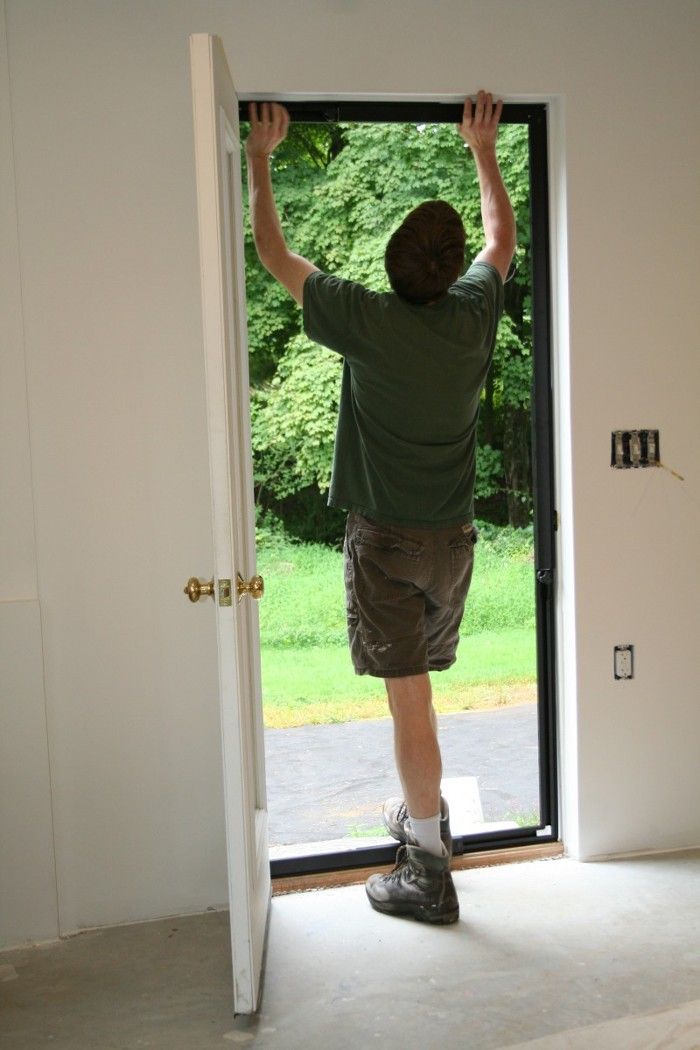
One of my most recent projects as a Fine Homebuilding associate editor was to develop a magazine article and companion video with building-science expert Larry Armanda. Our mission was to show how to run a blower-door test and interpret the results. I’ve been curious about the performance of the new barn my wife and I just built, so I decided to try a blower-door test to see if the video or magazine article had overlooked or glossed over any of the steps.
I think we did a good job with our content because I found doing the test quite easy. Of course, it helped that I was able to learn from Larry, who has hundreds of blower-door tests under his belt. The barn performed pretty well, too. It’s worth explaining that the barn has two sections. The smaller lean-to section where I keep our lawn tractor is separated from the rest of the barn by a steel fire door. It’s the same kind of weatherstripped door that separates an attached garage from the rest of a house. This lean-to section has my homemade carriage doors, which admittedly need better weatherstripping.
When I opened the fire door connecting the two spaces, the blower door registed about 740 cfm, which is equivalent to just under 5 ACH at 50 Pa. With the fire door closed, the number dropped to about 500 cfm, which is 3.2 ACH at 50 Pa. I think both numbers are quite respectable, given that we didn’t use spray-foam insulation, taped exterior sheathing, or exotic air-sealing materials.
We also have a woodstove with a 6-in. flue connected to the outside. With a little more work, such as sealing the conduit that supplies the electrical subpanel, I think I can get the final number for the conditioned space below 3 ACH at 50 Pa. I think I can also do much better in the semiconditioned, lean-to section by installing better weatherstripping on the carriage doors. Anybody know the best weatherstripping for homemade doors?
Look for Larry’s blower-door article in the February/March 2014 edition of Fine Homebuilding magazine.
You can read more about my barn here.
Fine Homebuilding Recommended Products
Fine Homebuilding receives a commission for items purchased through links on this site, including Amazon Associates and other affiliate advertising programs.

Handy Heat Gun

Affordable IR Camera

8067 All-Weather Flashing Tape
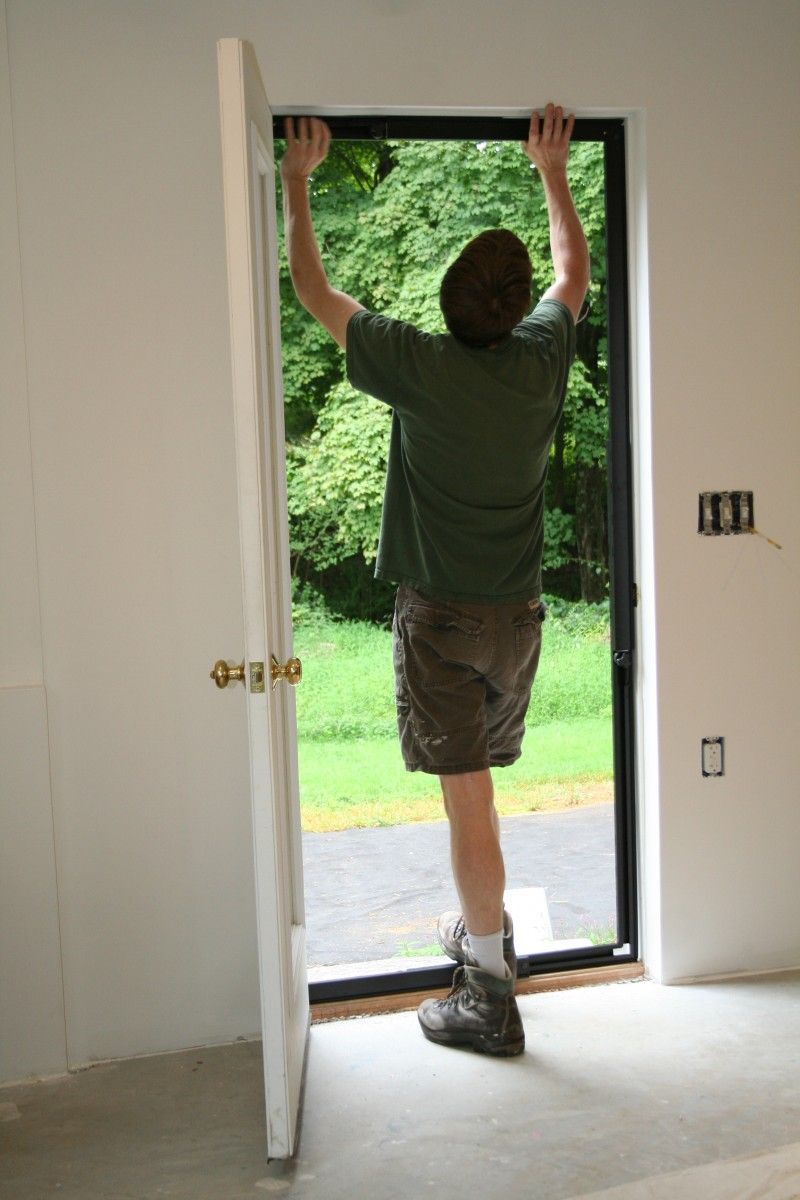
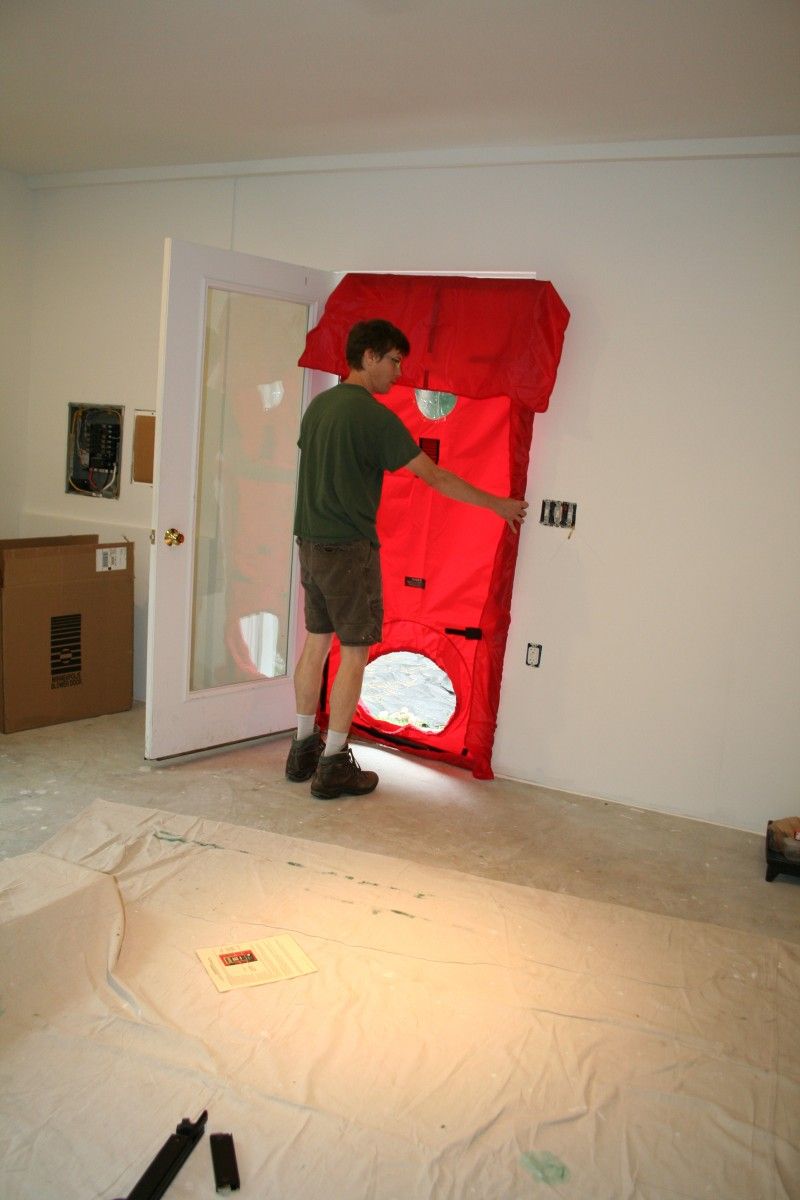
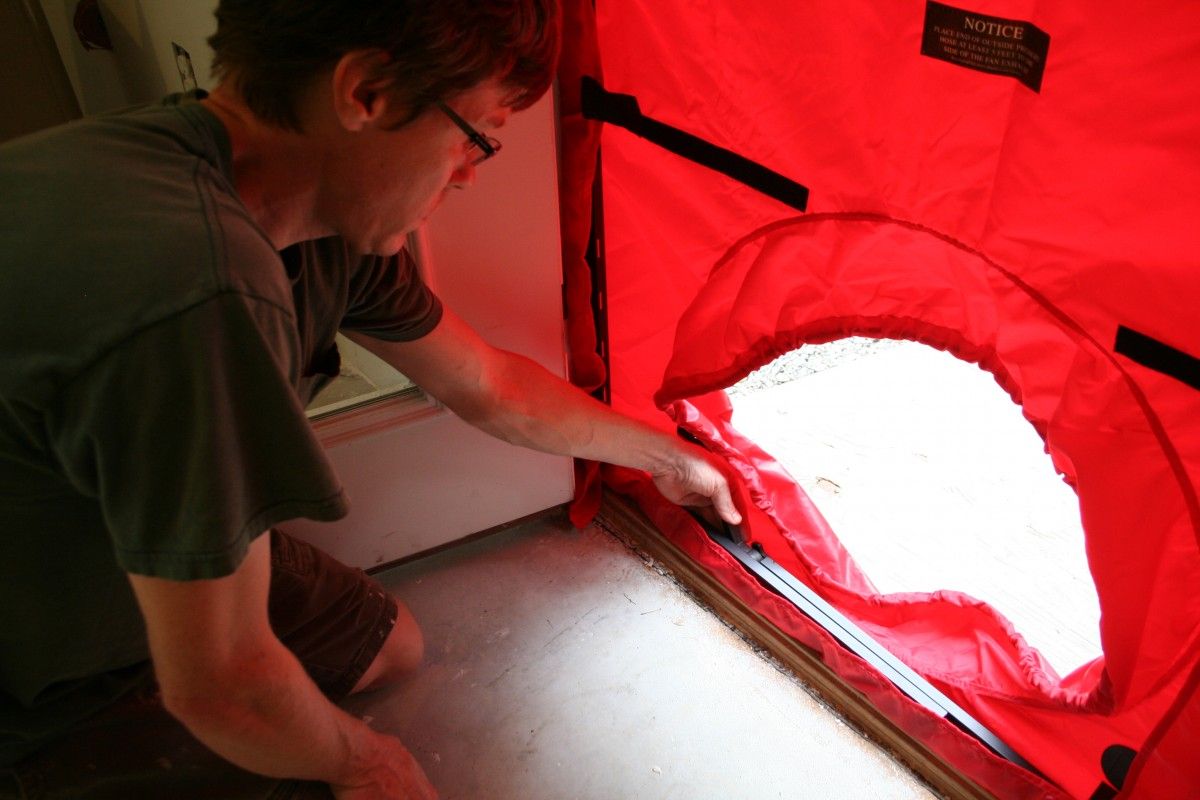

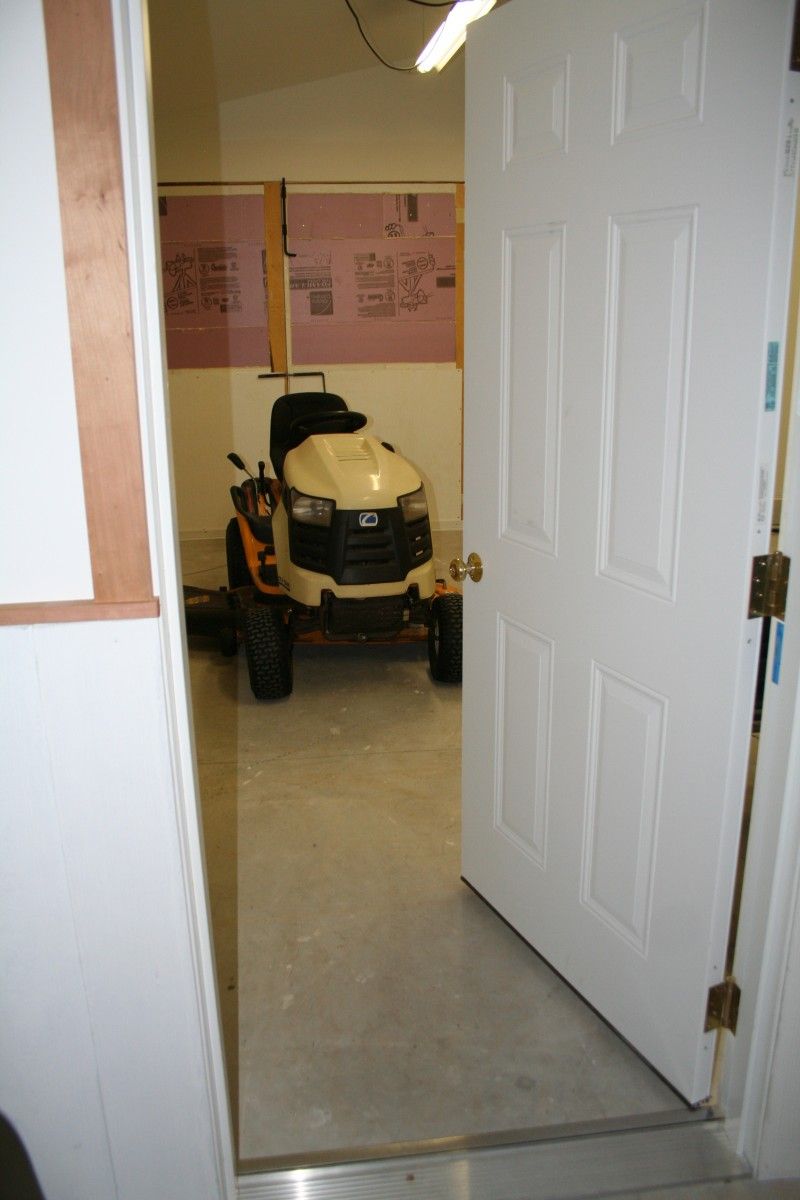




























View Comments
That is amazing. I think this is really cool. Make sure in the article you show pictures of the wall construction of the barn. The test results are very good considering what you did. It there any issue of putting foam towards the inside walls versus on the backside of the exterior sheathing? As in my case (from outside in): brick, drywall sheathing, 2x4 studs, mineral wool between the studs (R-14), 1.5 inch XPS over the studs (taped and caulked), then osb (caulked aswell). This is the wall assembly for my garage.
thanks again
Thanks for the comments and kind words, Milwaukee. We haven't had any problems with the wall assembly. Foam is the sheathing in this case as it's fit between the girts on the exterior with another layer on the inside fit between the posts. The rafter cavities are filled with poly-iso board. My success in air-sealing the space comes down to foaming seams and gaps with perhaps 2 dozen cans of pro-style foam and a case of tri-polymer caulk.
Very informative article.
As i know very little about this blower door test. It can determine one's home's airtightness. The main component consists of a fan that can pulls air out of the house making the air pressure low inside the house. After reading this article i know much lot about it.
Thanks.
Having known Larry professionally for a number of years I have to say that you have underestimated Larry's blower door tests by several thousands. Larry is a class act and a great instructor.We are indeed lucky to have people of Larry's caliber in the Energy Efficiency industry.